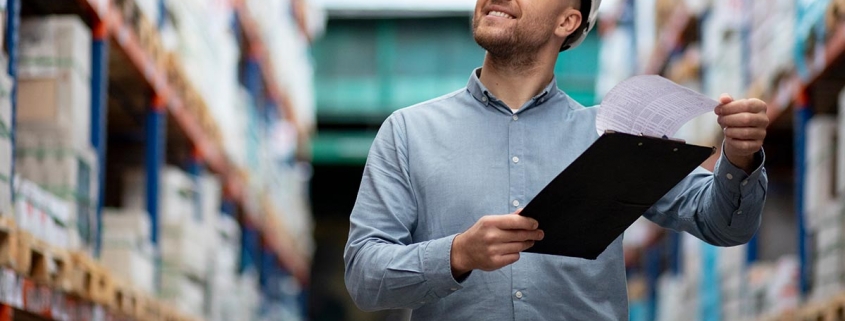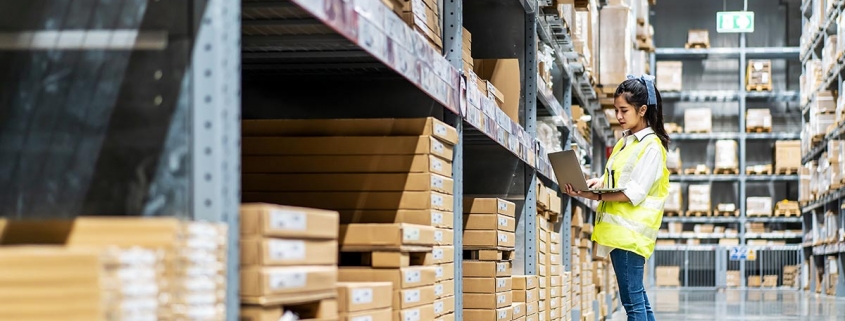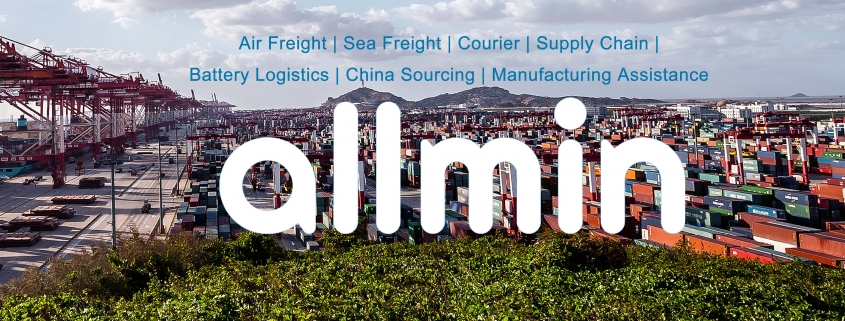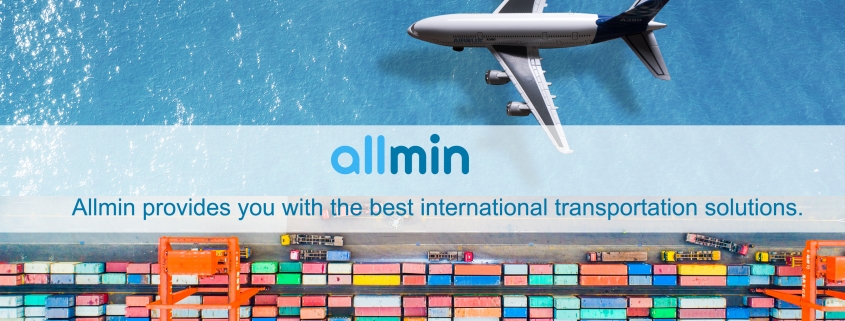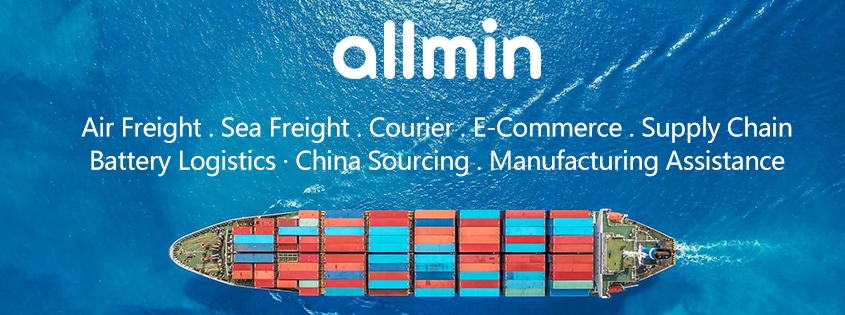Hello everyone! Today, let’s talk about managing the disaster risks in supply chains. In international logistics, disaster risks such as natural disasters, political unrest, and global health events can have a significant impact on supply chains. Let’s explore some hot topics and strategies to address these risks!
Firstly, risk assessment and planning are crucial. Understanding potential risks in the supply chain is key. By conducting thorough risk assessments, flexible response strategies can be developed to ensure the continuity of supply chains.
Secondly, diversifying suppliers and logistics channels is important. Relying on a single supplier or logistics channel can increase risks. By establishing partnerships with multiple suppliers and exploring various logistics channels, risks can be reduced, and the resilience of supply chains can be improved.
Moreover, establishing emergency response mechanisms is vital. Rapid response is crucial when disasters occur. Establishing emergency contacts, backup logistics routes, and inventory reserves can help respond quickly and minimize the impact of supply chain disruptions.
Additionally, digital technologies play a significant role in addressing disaster risks in supply chains. Logistics tracking systems, predictive analytics tools, and real-time data monitoring provide critical information to help managers make timely decisions and respond to potential risks.
In summary, addressing the disaster risks in supply chains requires risk assessment, diversification of suppliers and logistics channels, emergency response mechanisms, and the support of digital technologies. By implementing these strategies, we can reduce the risks of supply chain disruptions and ensure the stability of supply chains.
#英文版标签:International Logistics #Supply Chain #Disaster Risks #Risk Assessment #Diversification of Suppliers #Digital Technologies

